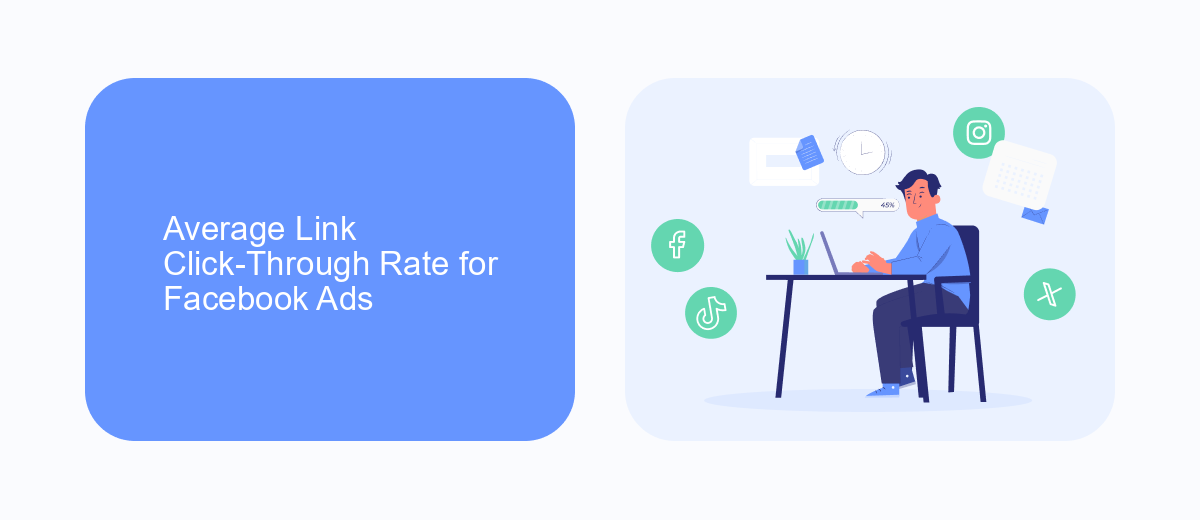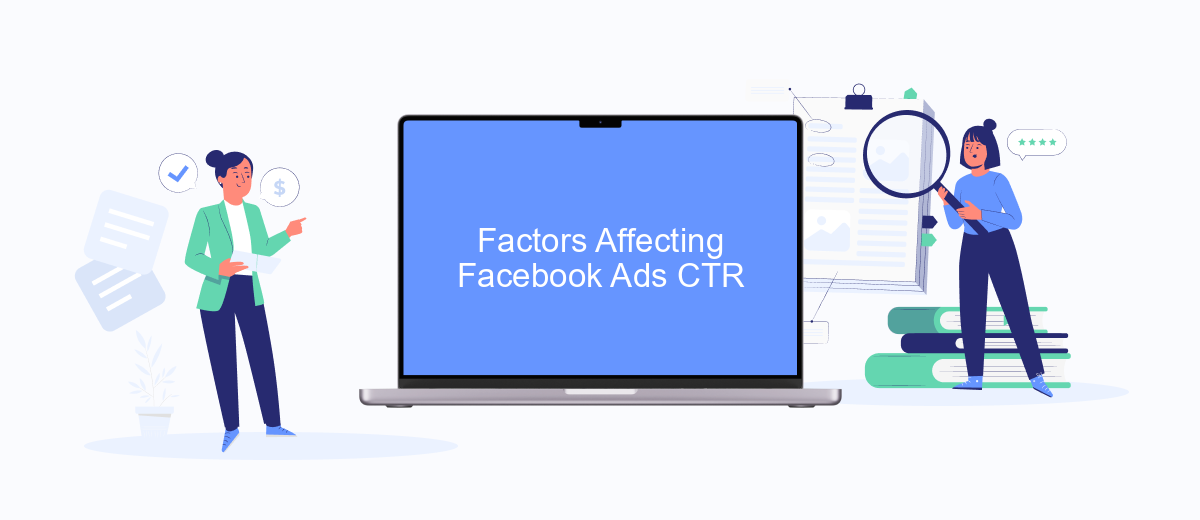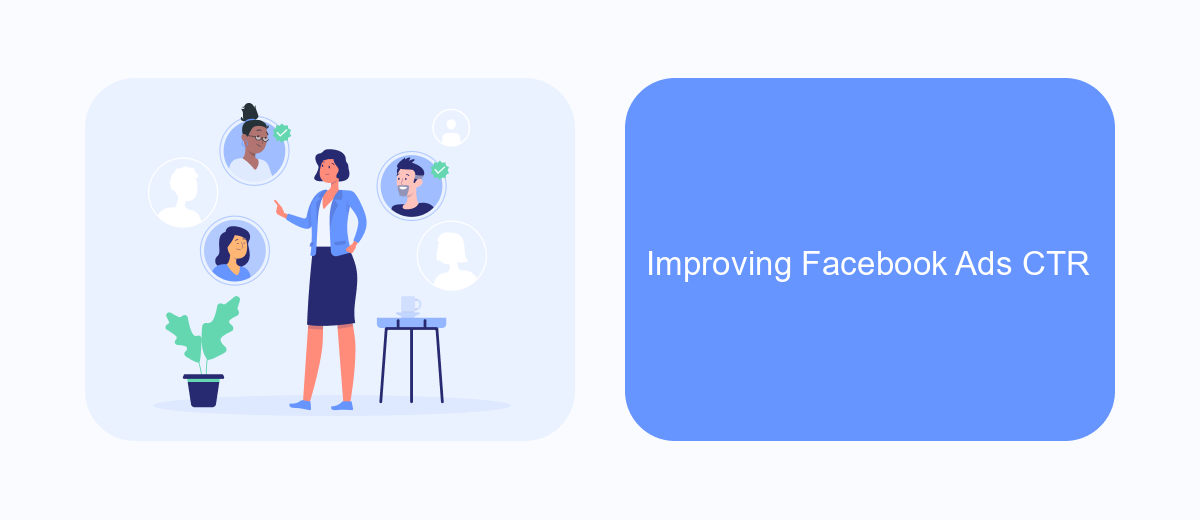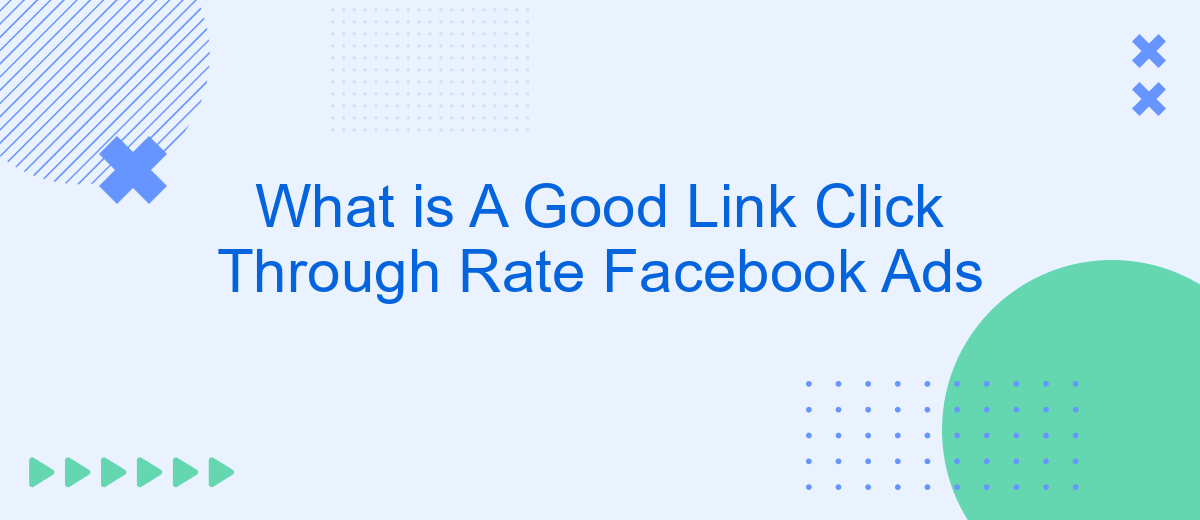When running Facebook Ads, understanding what constitutes a good link click-through rate (CTR) is crucial for evaluating the effectiveness of your campaigns. A high CTR indicates that your ad is engaging and relevant to your target audience. In this article, we'll explore what a good CTR looks like for Facebook Ads, factors that influence it, and tips for improvement.
What Is a Link Click-Through Rate?
A link click-through rate (CTR) is a crucial metric in digital marketing that measures the percentage of people who click on a link within an ad compared to the total number of people who viewed the ad. This metric helps advertisers understand the effectiveness of their ads and the level of engagement they are generating. A high CTR indicates that the ad content is resonating well with the audience, while a low CTR suggests the need for optimization.
- CTR = (Number of Clicks / Number of Impressions) * 100
- Helps gauge ad performance and audience engagement
- Essential for optimizing ad campaigns
To improve your link click-through rate on Facebook Ads, consider using integration services like SaveMyLeads. This platform simplifies the process of connecting your Facebook Ads with various CRM systems, email marketing tools, and other applications. By automating data transfer, SaveMyLeads ensures that you can focus on crafting compelling ad content and optimizing your campaigns without worrying about manual data entry.
Average Link Click-Through Rate for Facebook Ads

When it comes to Facebook Ads, the average link click-through rate (CTR) can vary significantly depending on the industry, target audience, and the quality of the ad itself. On average, a good CTR for Facebook Ads ranges between 0.90% to 1.50%. However, some industries may see higher or lower averages. For instance, the retail sector might experience a higher CTR due to visually appealing product ads, while the B2B sector might have a lower CTR as their ads are often more informational and less engaging.
To improve your link click-through rate, consider utilizing services like SaveMyLeads, which can help streamline your ad management and integration processes. SaveMyLeads allows you to automate the transfer of leads from Facebook Ads to your CRM or other marketing tools, ensuring that you can quickly follow up with potential customers. By optimizing your ad performance and ensuring seamless integration with your existing systems, you can potentially achieve a higher CTR and better overall results from your Facebook advertising efforts.
Factors Affecting Facebook Ads CTR

Understanding the factors that affect Facebook Ads Click Through Rate (CTR) is crucial for optimizing ad performance. Various elements can influence how often users click on your ads, and recognizing these factors can help you make necessary adjustments to improve your campaign's effectiveness.
- Ad Relevance: Ensuring that your ad content is highly relevant to your target audience increases the likelihood of clicks.
- Visual Appeal: High-quality images or videos can capture user attention more effectively than text alone.
- Targeting Accuracy: Properly defining your audience through Facebook's targeting options can lead to higher engagement rates.
- Call to Action (CTA): A clear and compelling CTA can drive users to take the desired action.
- Ad Placement: Choosing the right ad placement, such as News Feed or Stories, can significantly impact CTR.
- Ad Frequency: Balancing the frequency of your ads to avoid both underexposure and overexposure is key.
- Integration Tools: Utilizing services like SaveMyLeads can streamline your marketing efforts and improve ad performance by automating lead management and enhancing data flow.
By paying attention to these factors, you can better understand what drives user engagement and optimize your Facebook Ads for a higher CTR. Regularly reviewing and adjusting your strategy based on these elements will help maintain and improve your campaign's success.
Improving Facebook Ads CTR

Improving your Facebook Ads click-through rate (CTR) requires a strategic approach and continuous optimization. Start by ensuring your ad creatives are visually appealing and relevant to your target audience. Eye-catching images or videos can significantly increase engagement.
Another crucial aspect is crafting compelling ad copy. Your headlines and descriptions should be clear, concise, and highlight the value proposition of your product or service. Use strong calls to action to encourage users to click through.
- Utilize A/B testing to determine which creatives and copy perform best.
- Leverage Facebook's audience targeting options to reach the most relevant users.
- Optimize your landing pages for a seamless user experience.
- Integrate tools like SaveMyLeads to automate and streamline your marketing efforts.
Finally, regularly monitor your ad performance and make data-driven adjustments. By continuously refining your strategy and utilizing tools like SaveMyLeads for integration and automation, you can significantly improve your Facebook Ads CTR and achieve better results.
Tracking and Measuring Facebook Ads CTR
Tracking and measuring the Click Through Rate (CTR) of your Facebook Ads is crucial for assessing the effectiveness of your campaigns. To start, navigate to the Facebook Ads Manager, where you can find detailed analytics for each ad. Here, you'll be able to see the CTR, which is calculated by dividing the number of link clicks by the number of impressions. Regularly monitoring this metric allows you to understand which ads are performing well and which need adjustments.
For more advanced tracking and integration, consider using a service like SaveMyLeads. SaveMyLeads simplifies the process of connecting Facebook Ads with various CRM systems and other marketing tools, enabling seamless data transfer and real-time updates. This integration helps you maintain an organized and efficient workflow, ensuring that you can quickly act on the insights provided by your CTR data. By leveraging such tools, you can optimize your ad performance and achieve better results.
- Automate the work with leads from the Facebook advertising account
- Empower with integrations and instant transfer of leads
- Don't spend money on developers or integrators
- Save time by automating routine tasks
FAQ
What is considered a good click-through rate (CTR) for Facebook Ads?
How can I improve my Facebook Ads click-through rate?
How do I track the click-through rate of my Facebook Ads?
What factors can negatively impact my Facebook Ads click-through rate?
Can automation tools help improve my Facebook Ads performance?
SaveMyLeads is a simple and effective service that will help you automate routine tasks and optimize business processes. Stop wasting time uploading leads from Facebook manually – you can do it automatically, saving a lot of time and money. Eliminate routine from workflows and achieve more with minimal investment of money, effort and human resources.

